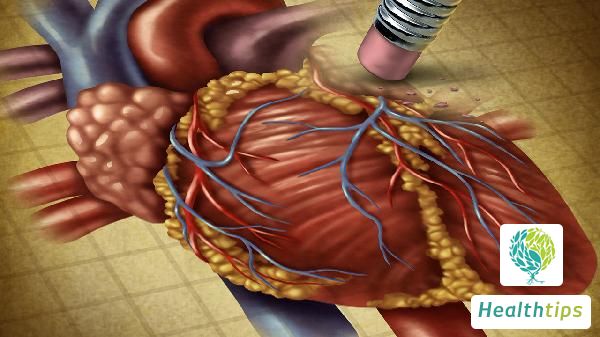Can You Have Sex with a Bulging Anterior Wall of the Uterus? What Should I Do?
Pregnancy is a very happy event. During this period, women will be extremely cautious, avoiding anything that may be harmful to the fetus, whether it's diet or daily activities. Many women believe that after childbirth, they will be completely liberated and able to do whatever they want. However, childbirth itself is a dangerous process that can lead to various complications. What if a woman experiences anterior wall protrusion of the uterus after childbirth? Can she still have sexual intercourse? What should she do? Here are some answers:

If a woman experiences anterior wall protrusion of the vagina after childbirth, she should avoid sexual intercourse as it can easily lead to infection and injury. Moreover, sexual intercourse may not be pleasant. The vagina is the organ for sexual intercourse and also the channel for the delivery of the fetus. In normal women, the anterior wall of the vagina is approximately 7-9cm long, while the posterior wall is 9-12cm long, and it can accommodate 2-3 fingers. During childbirth, tears in the vagina and perineum are common, affecting the surrounding muscles and tissues, leading to muscle relaxation and widening of the vagina. This can result in dissatisfaction with sexual life, lower back pain, difficulty in defecation, and severe impact on daily life and marital relations. Surgical repair is often required.
Currently, common pelvic floor treatments include pelvic floor muscle electrical stimulation therapy and pelvic floor biofeedback therapy. Electrical stimulation mainly aims to improve the excitability of the pelvic floor neuromuscular system and promote the recovery of nerve cell function that has been suspended due to pressure. Pelvic floor rehabilitation electricity can greatly stimulate and contract the external sphincter of the urethra, helping women strengthen their urinary control, increase bladder capacity, and enhance bladder storage capacity. Otherwise, they may easily experience leakage. Additionally, pelvic floor biofeedback therapy provides visual feedback on pelvic floor muscle activity through electromyography and pressure curves. This helps patients perform pelvic floor muscle rehabilitation exercises correctly, effectively control muscle contractions, strengthen pelvic floor muscle training, and correct incorrect contraction exercises. It is a very intuitive treatment method that allows patients to visually see the effectiveness of their treatment.



















